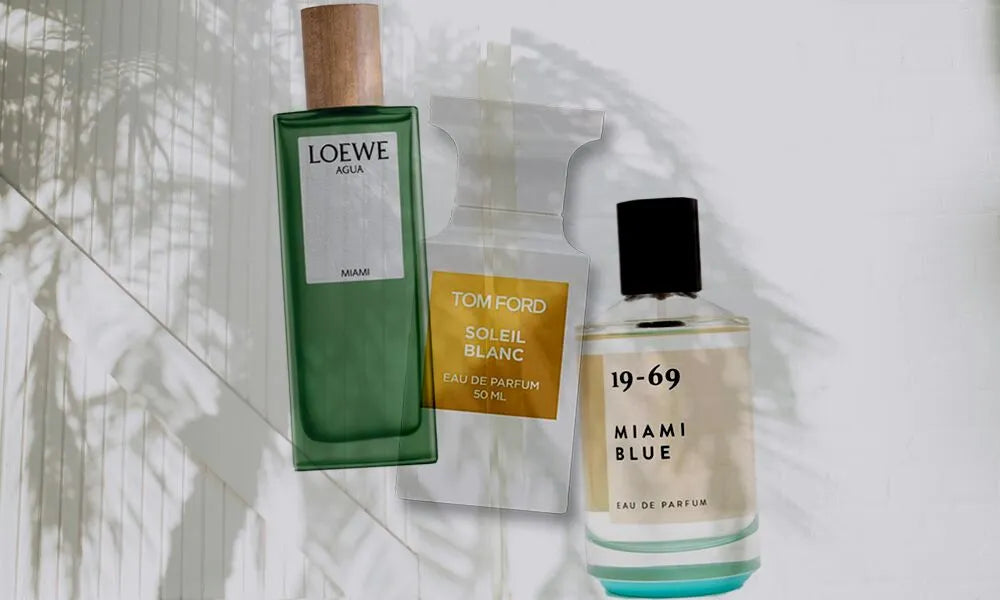
What Is Scent Layering (Fragrance Layering) — And Why Should You Try It?
Scent layering, also called fragrance layering or perfume layering, is the art of combining two or more fragrances (or scented products) to create a unique, personalized aroma. Instead of relying on a single perfume, you mix complementary scents to:
-
Deepen complexity
-
Improve longevity
-
Adjust how a fragrance evolves on your skin
This practice is common in many cultures, especially where perfume plays a key role in daily rituals. Layering is not about masking one scent with another — it’s about harmonizing them to express your individuality.
How Do You Layer Scents Without Overwhelming Your Nose?
1. Start Simple: Use Two Scents First
Begin by combining just two fragrances. More than three can be tricky to balance.
Choose one base (long-lasting or deep) and one accent (lighter, fresh, floral).
2. Match by Fragrance Family or Note
Some notes blend beautifully together. For example:
-
A woody or musk base + a citrus or light floral accent
-
Amber or vanilla base + fresh green or aquatic top
-
Rose or neroli layered over soft musk or sandalwood
If you mix scents that are too different, one may overpower the other.
3. Order Matters: Which Should You Apply First?
A common layering method is:
-
Apply the base scent where you want the long-lasting foundation (chest, back of neck).
-
Apply the accent scent to pulse points (wrists, neck, behind ears) or on clothes.
Another method is to apply the stronger scent first and follow with the lighter one, so the lighter note brightens the heavier base.
4. Let It Breathe
After applying, wait about 15–30 minutes. Let the mixture settle and evolve before judging the final aroma.
5. Use Neutral or Unscented Layers
Start with a neutral (unscented) body lotion or oil before applying your scents. It acts as a blank canvas so your fragrances blend better and last longer.
What Are Popular Scent-Layering Pairings?
Here are some pairing ideas to inspire your creativity:
| Base / Foundation | Accent / Topper |
|---|---|
| Musk or sandalwood | White florals (jasmine, tuberose) |
| Vanilla or amber | Citrus (bergamot, mandarin) |
| Light woody | Fresh mint or green tea |
| Light floral | Soft spice (cardamom, ginger) |
| Aquatic or ozone | Neroli or sea salt accord |
Example: If you love a soft musk, try layering it with a jasmine eau de parfum for a subtle floral lift.
Example: Layer a vanilla-amber base with a zesty bergamot mist to lighten and freshen the blend.
When and How Should You Layer Scents?
In Different Seasons
-
Spring / Summer: Use lighter bases (musk, sheer woods) paired with citrus or green notes.
-
Autumn / Winter: Go for richer bases (amber, oud, vanilla) with cozy spices or deep florals.
On Body vs. Clothes
-
Skin layering lets the scent evolve naturally with your body chemistry.
-
Clothing layering adds lasting projection — but always test to avoid staining.
For Day vs. Night
-
Daytime: lighter combinations like floral + musk or citrus + light wood.
-
Evening: deeper blends such as amber + rose or oud + vanilla.
Adjusting Intensity
If your blend is too strong:
-
Use less of the base and more of the lighter scent.
-
Apply one fragrance on pulse points and another more diffusely.
-
Mist plain water or a soft floral spray over your blend to soften it.
What Mistakes Should You Avoid When Layering Scents?
-
Clashing notes: Don’t mix heavy musks with sugary gourmands unless balanced.
-
Overapplication: Too much layering can create a muddled scent.
-
Ignoring skin chemistry: A blend that smells great on one person may differ on you.
-
Skipping test time: Always wait 20–30 minutes before judging your blend.
-
Staining clothes: Some perfumes can leave marks — test a small area first.
What Do People Commonly Ask About Scent Layering?
How can I layer perfumes so they last longer?
Use a long-lasting base fragrance over an unscented lotion or oil. Apply in layers — base first, lighter scent next.
Which notes go well together when layering?
Combine scents from compatible families like wood + floral, amber + citrus, or vanilla + green notes.
Can I layer perfume over lotion?
Yes! In fact, it helps your perfume last longer. Choose an unscented lotion or one with a subtle, neutral scent.
Is layering scents the same as mixing perfumes?
Not quite. Layering means applying scents separately so each shines through. Mixing means blending them in one bottle, which can alter the original formula.
How many perfumes can I layer?
Stick to two, or three at most, to maintain balance and clarity.
FAQ — Quick Answers to Common Scent Layering Questions
Q: Can I layer perfumes from different brands?
Yes. Just make sure the notes complement each other and test the result before wearing it out.
Q: Is layering scents safe for my skin?
It’s generally safe if both perfumes are skin-friendly. If you have sensitive skin, test on a small area first.
Q: Does layering make a scent last longer?
Usually yes — a strong base scent anchors the lighter top notes, making the overall fragrance last.
Q: Can men and women layer scents the same way?
Definitely. Layering is about personal expression, not gender. Choose the notes that make you feel confident.
Q: Can I layer body oils, sprays, and perfumes together?
Absolutely. Start with oils or lotions, then layer sprays or perfumes over them for depth and staying power.
Final Thoughts
Layering scents is like creating your own signature fragrance. It’s fun, personal, and a great way to make your perfume last longer. Whether you prefer soft florals, deep ouds, or sweet gourmands, you can experiment and find the combination that feels uniquely you.
If you’re ready to try scent layering, explore The Scent Lab’s fragrance range and discover your next perfect pairing.
